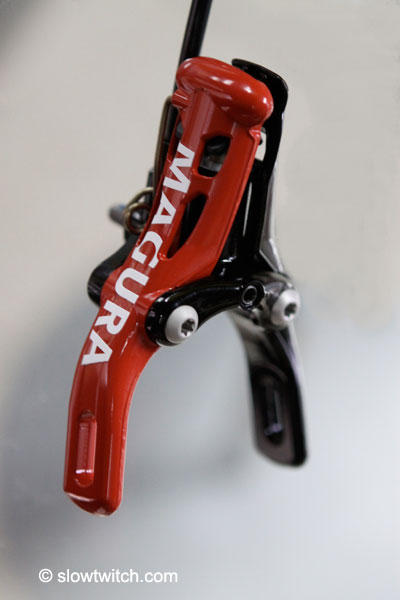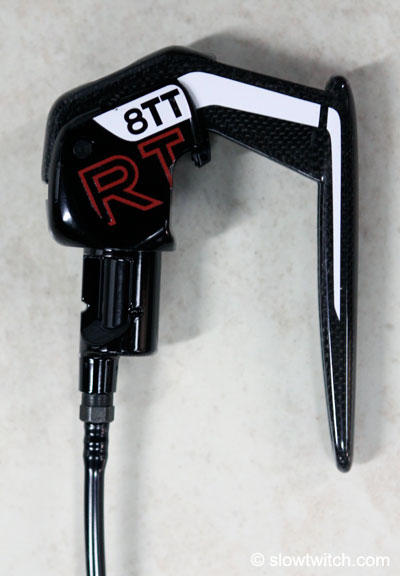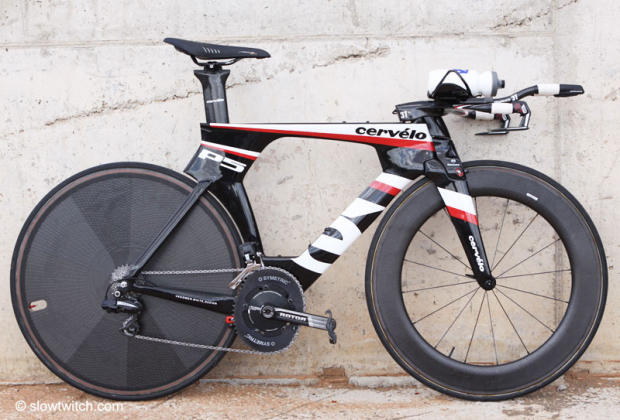The Magura RT8TT brake
German company Magura has been around since 1893, but they built their first hydraulic mountain bike rim brake 25 years ago. This week in Fuerteventura, Spain they announced an exciting new hydraulic aerodynamic TT brake that they developed together with Cervelo.
Dubbed the RT8TT, (there is also a less expensive RT6TT) this brake appears to be a game changer and despite its hefty price tag we would expect to see quite a few folks wanting replace a crappy brake on their TT bike. It has been somewhat of an industry inside joke that quite a few $10,000 super bikes were sadly built around crappy $20 brakes which seem to be neither working well nor do they allow the wind to slide by uninhibited. Well, the brake itself might be somewhat hidden, but the noodle and other housing elements tend to stick out.
But here comes the Magura brake to the rescue. Weighing in at a very light 495 grams, this sealed hydraulic system is maintenance free and does not suffer from cable stretch or housing contamination from dirt, dust or water. The adjustment range is quite large and allows for a wide range of rims, and a very clever quick release for the brake is built within the lever. Once that quick release is opened and the wheel has been swapped out, the customer simply jumps on the bike and the first time he grabs the brake it is engaged again.
Modulation is very nice and the braking power is excellent, as we have experienced on our brief test ride. We though expect to get more miles in on the system before too long.
Magura though is not satisfied with the TT / triathlon market alone and we should see a road bike conversion kit this year. We would expect the Garmin Barracuda team to get their hands on them first.
MSRP is $750 per set for the RT8TT and $599 for the slightly heavier RT6TT brake. But customers do not have to buy a set. Individual brakes and sets should be available at Cervelo dealers in April and other dealers in June.
The Magura RT8TT is quite sleek and uses a slave cylinder that sits vertically between the calipers.

Really not much to see here – for the wind that is.

You can see the master cylinder that is usually tucked away inside the bars.

All images are © Herbert Krabel / slowtwitch.com


